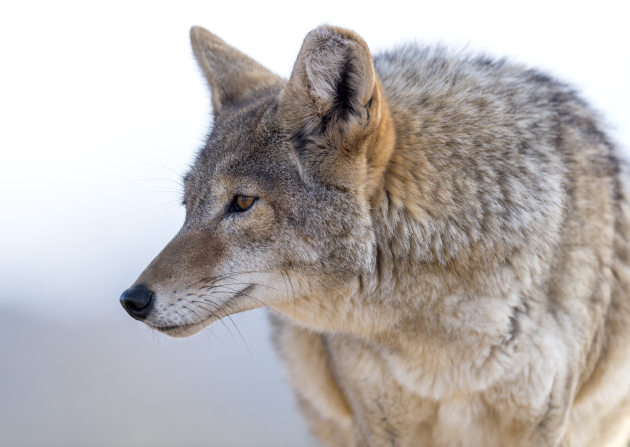South Carolina’s Department of Natural Resources is implementing a new coyote bounty program, with hunters able to receive a number of prizes for participating. The DNR has trapped and released 16 coyotes, tagging each to identify them as part of the program. Hunters will need to put down every coyote they see to possibly score one with a tag, thereby reducing the population as much as possible.
Participating in the coyote bounty is easy. You can trap ’em; shoot ’em; hit ’em with a car. The official language of the program, posted on the DNR website, reads: “Any person . . . who takes or reports (emphasis theirs) one of the specially tagged, incentive-program coyotes will receive [a] lifetime license . . .”
If the winners already have a lifetime hunting license, they can designate someone else as the beneficiary.
To gauge the public’s interest in the program, SCDNR is asking hunters to register, for free, in its Coyote Harvest Incentive Program. Those who are registered prior to December 1, 2016, and take one of the 16 coyotes will be entered in a raffle for a Savage Model 11 Trophy Predator Hunter, chambered in .243 Winchester and topped with a scope.
Those who register after December 1 but prior to April 1, 2017, and take one of the 16 coyotes will be entered in a raffle for a Yeti Roadie cooler.
Charles Ruth, a wildlife biologist with SCDNR, called the bounty program “the coyote Powerball” in light of all a hunter could win.
Coyotes are not native to South Carolina, having first been documented in the state some 30 years ago. No one knows for sure how many coyotes now live within its borders, but The State newspaper reports that hunters annually kill an average of 30,000 song dogs.
Bounties of various sorts, whether for coyotes or crows or what have you, have traditionally failed in their objectives. If a hunter or trapper is receiving money for the taking of an animal, it behooves them to leave some males and females alive to perpetuate the population, otherwise the money dries up. SCDNR may have struck on the perfect solution to this problem by covertly tagging the 16 coyotes; as a result, hunters can’t afford to let any walk.

